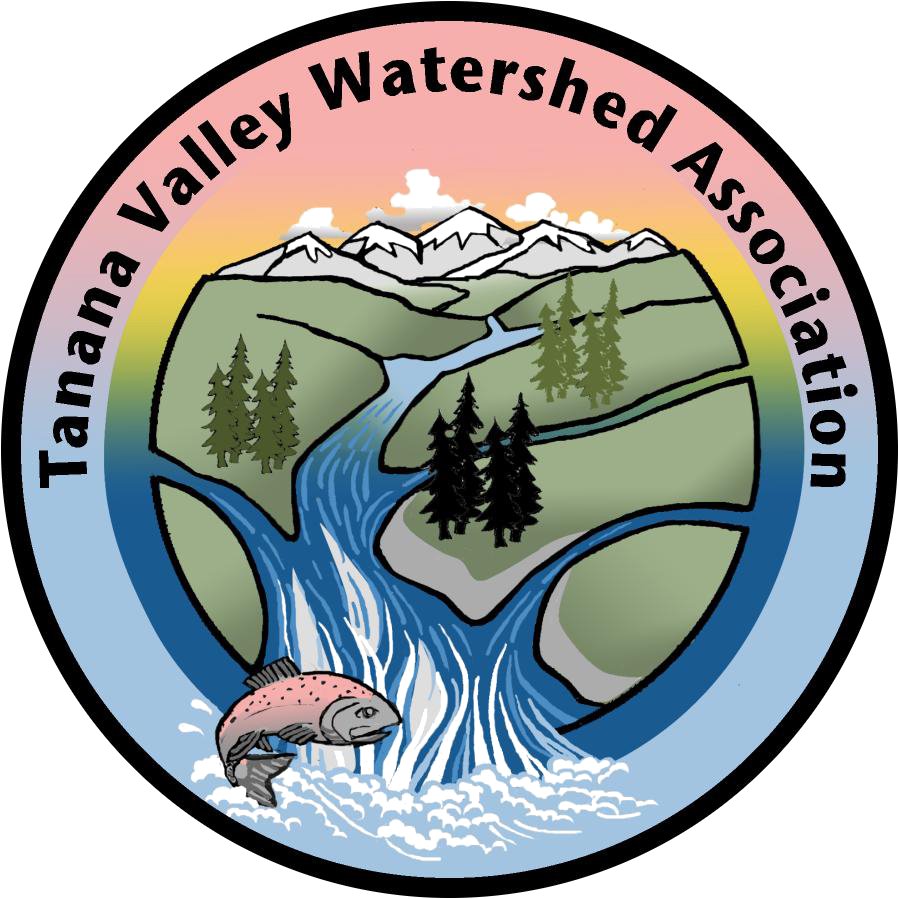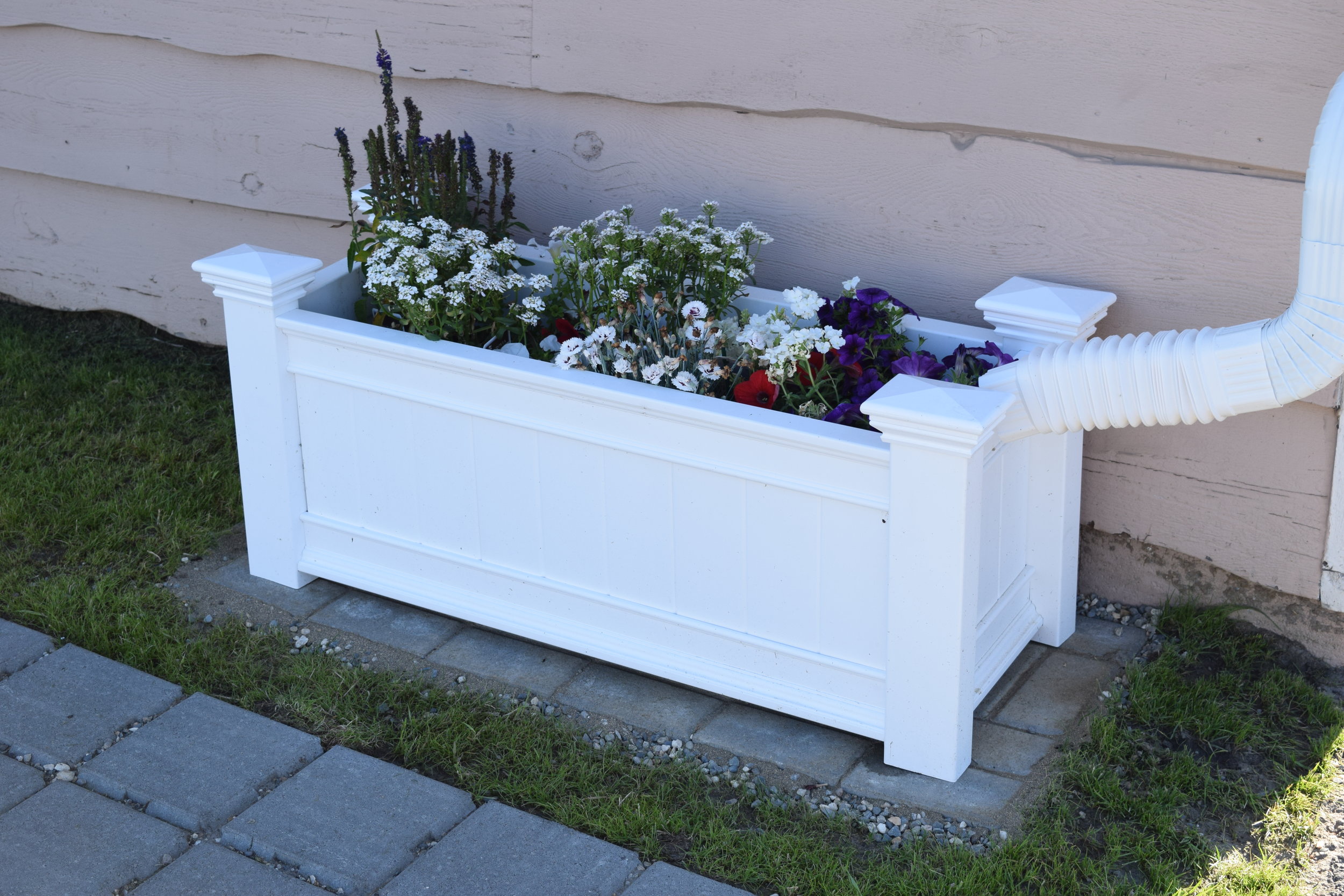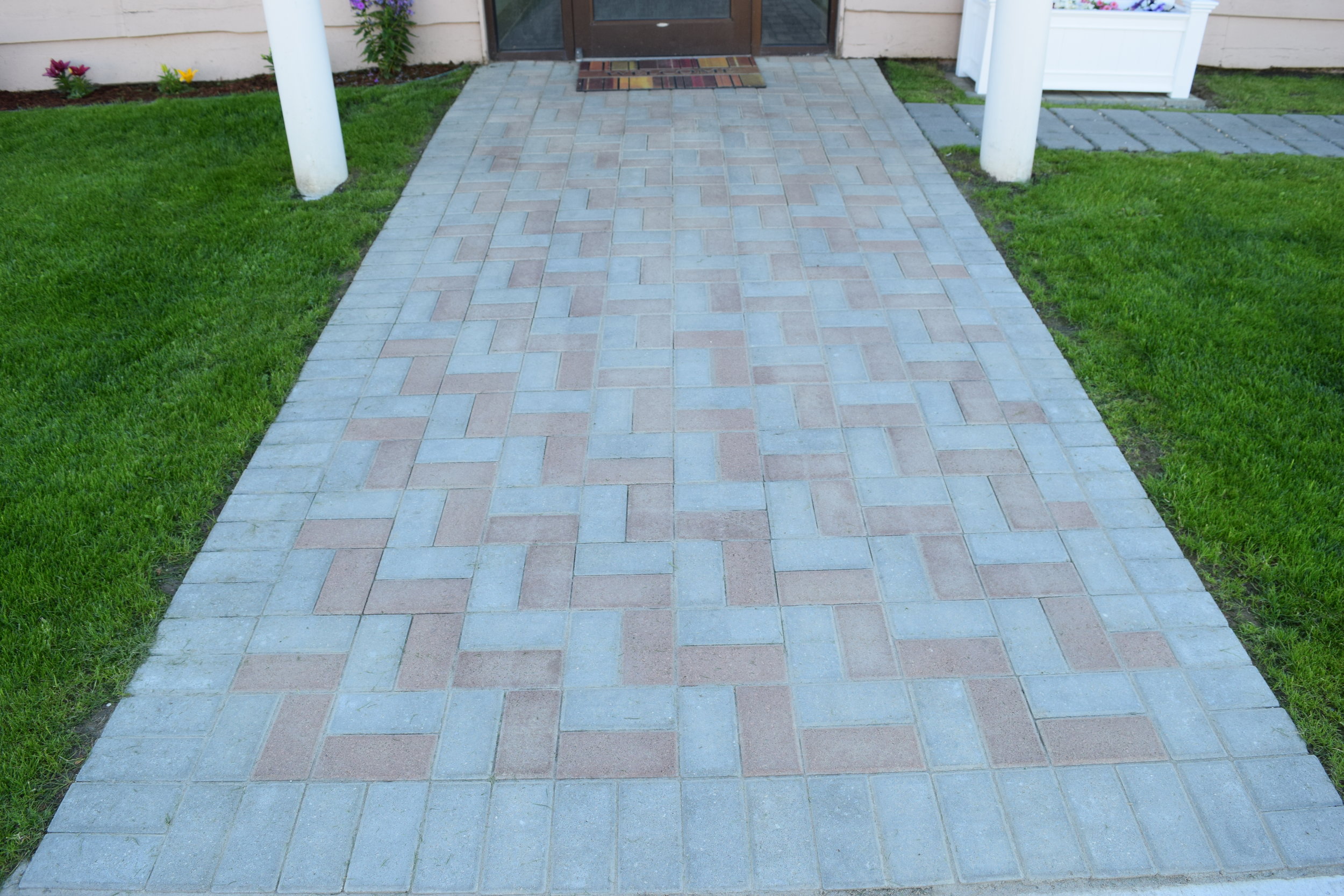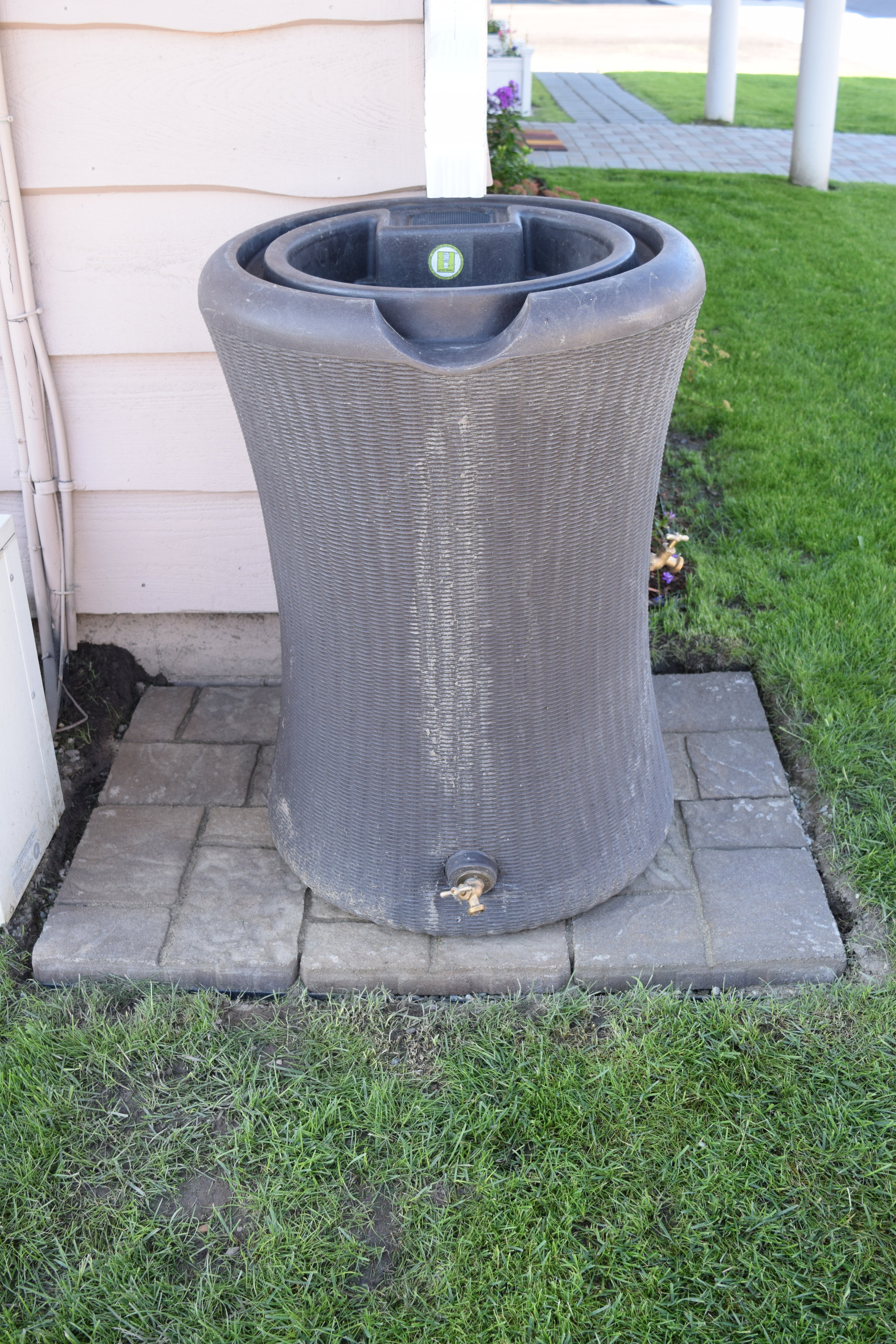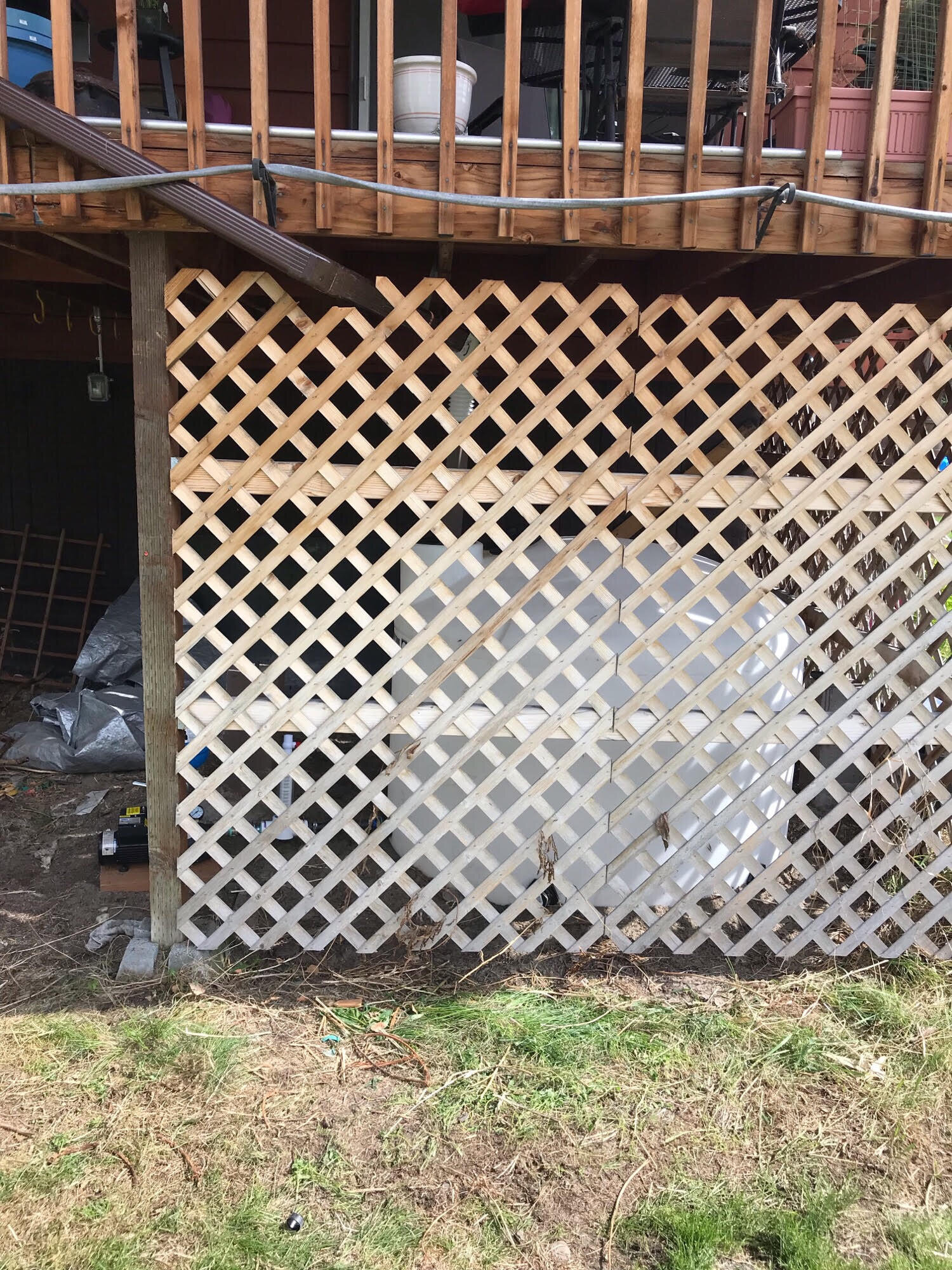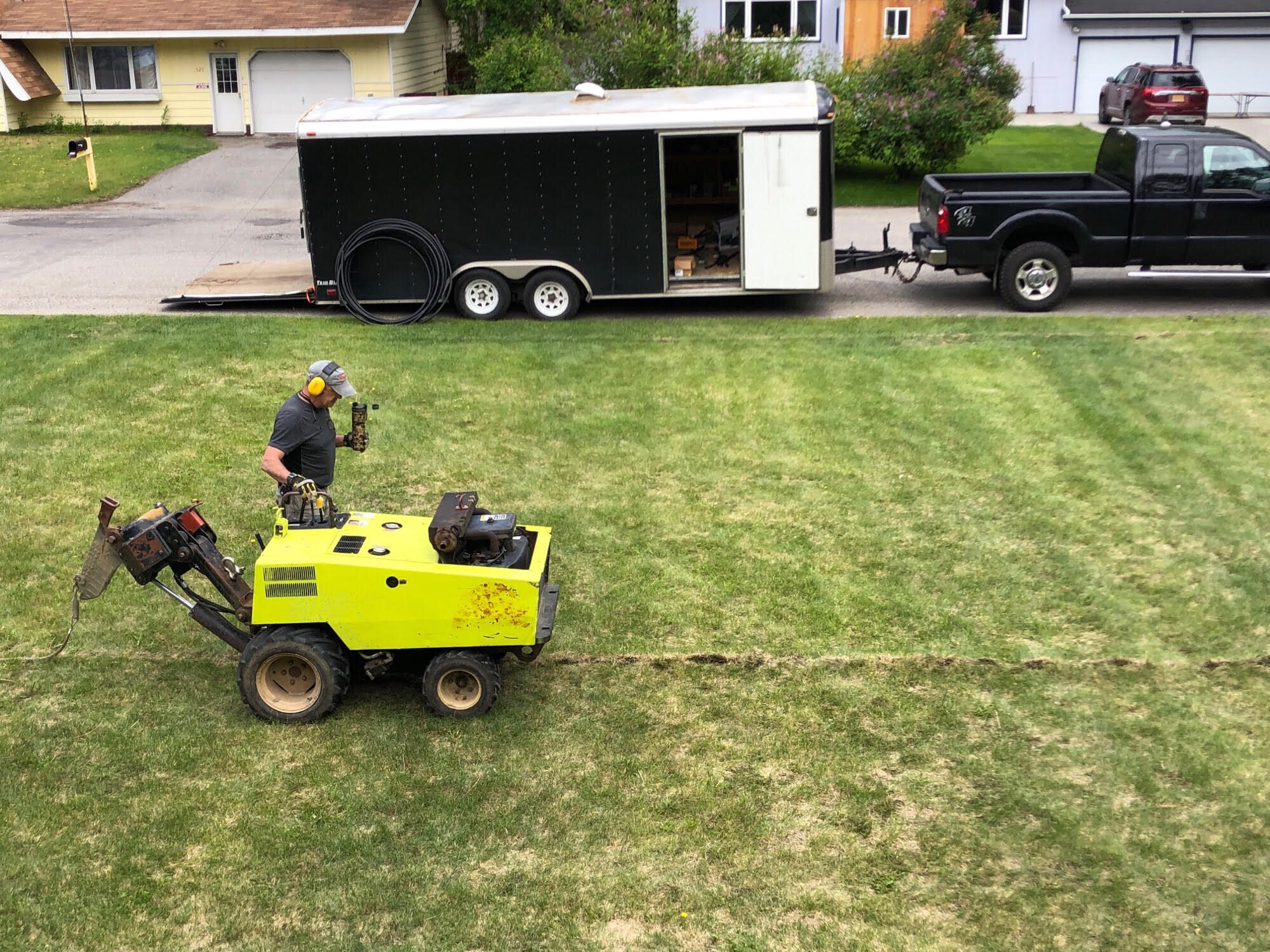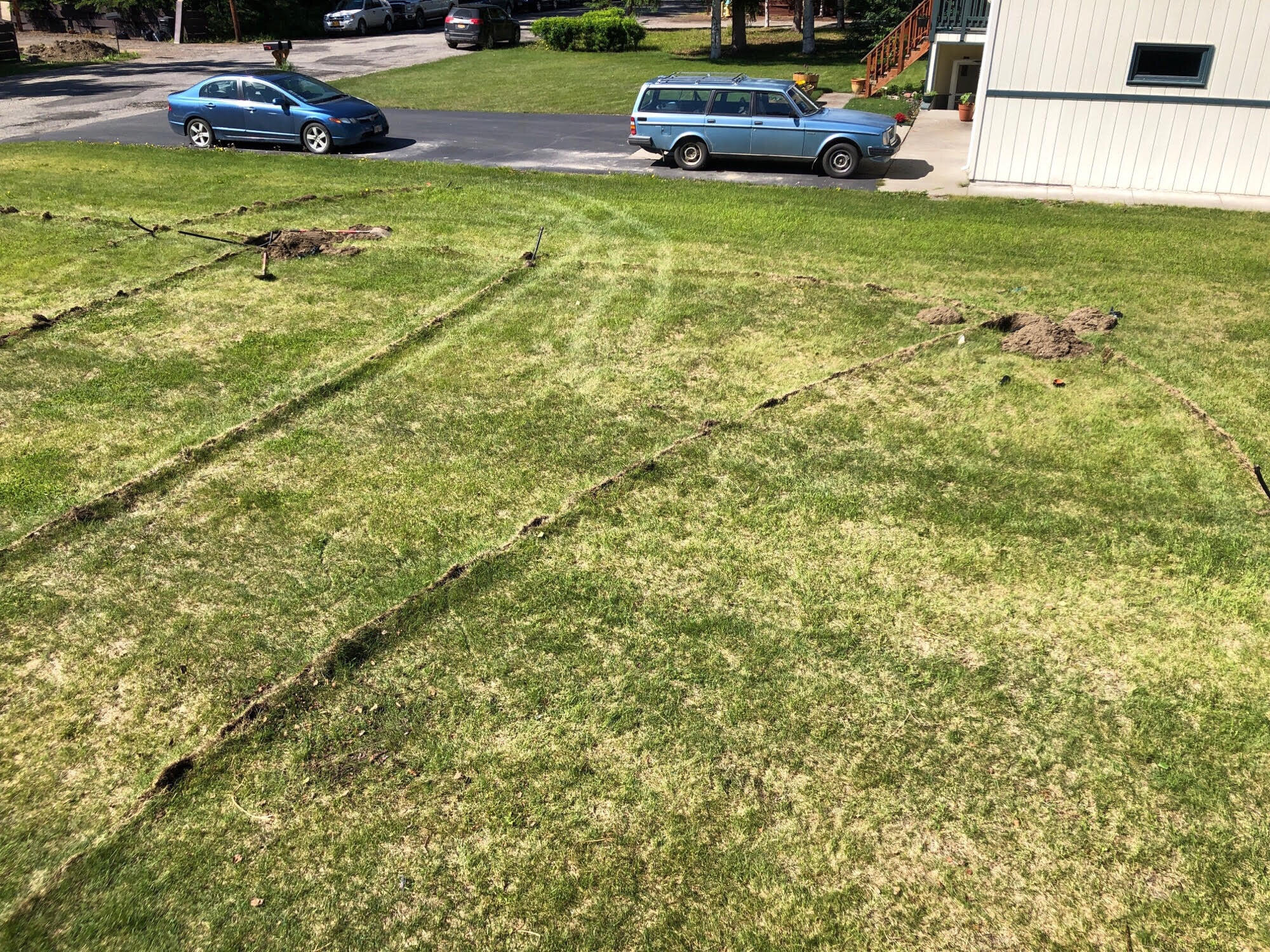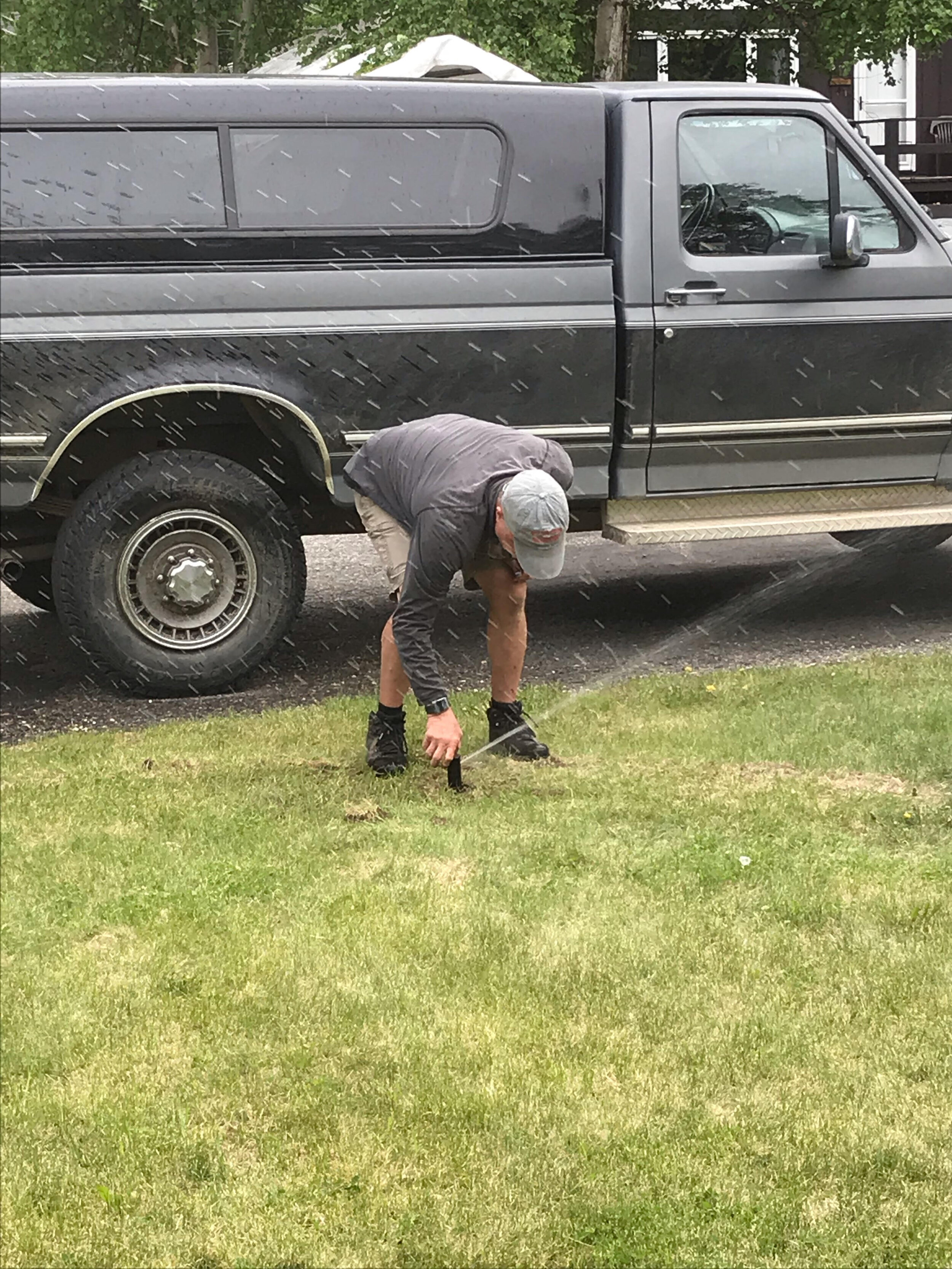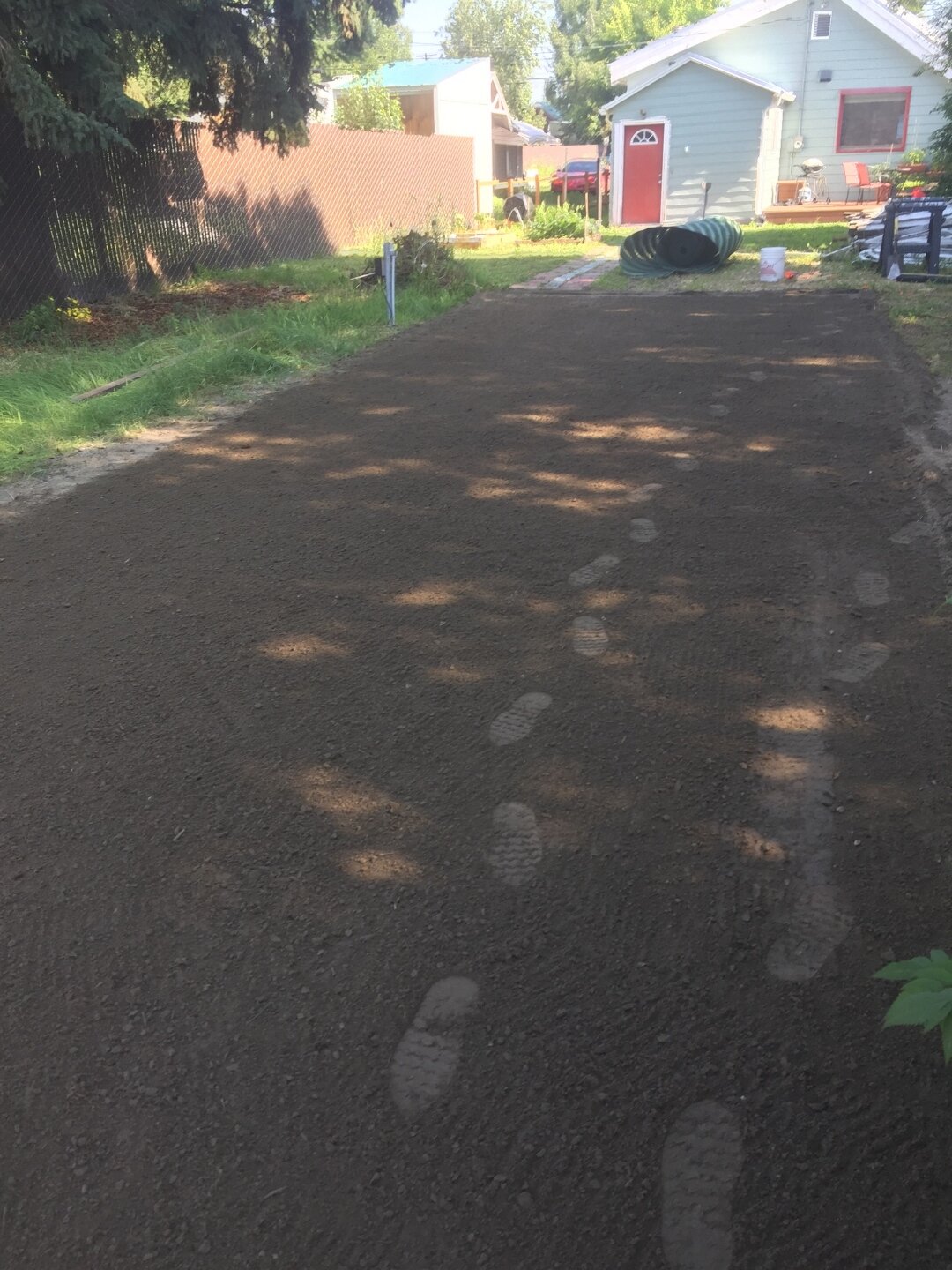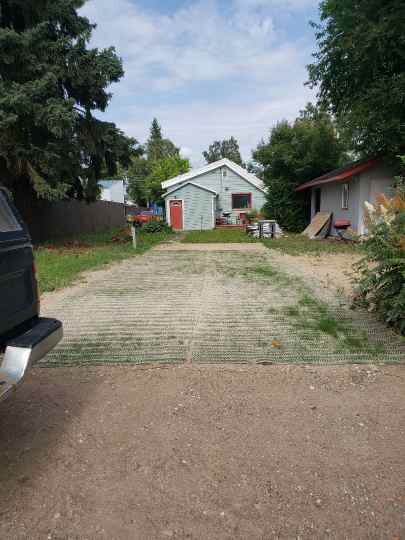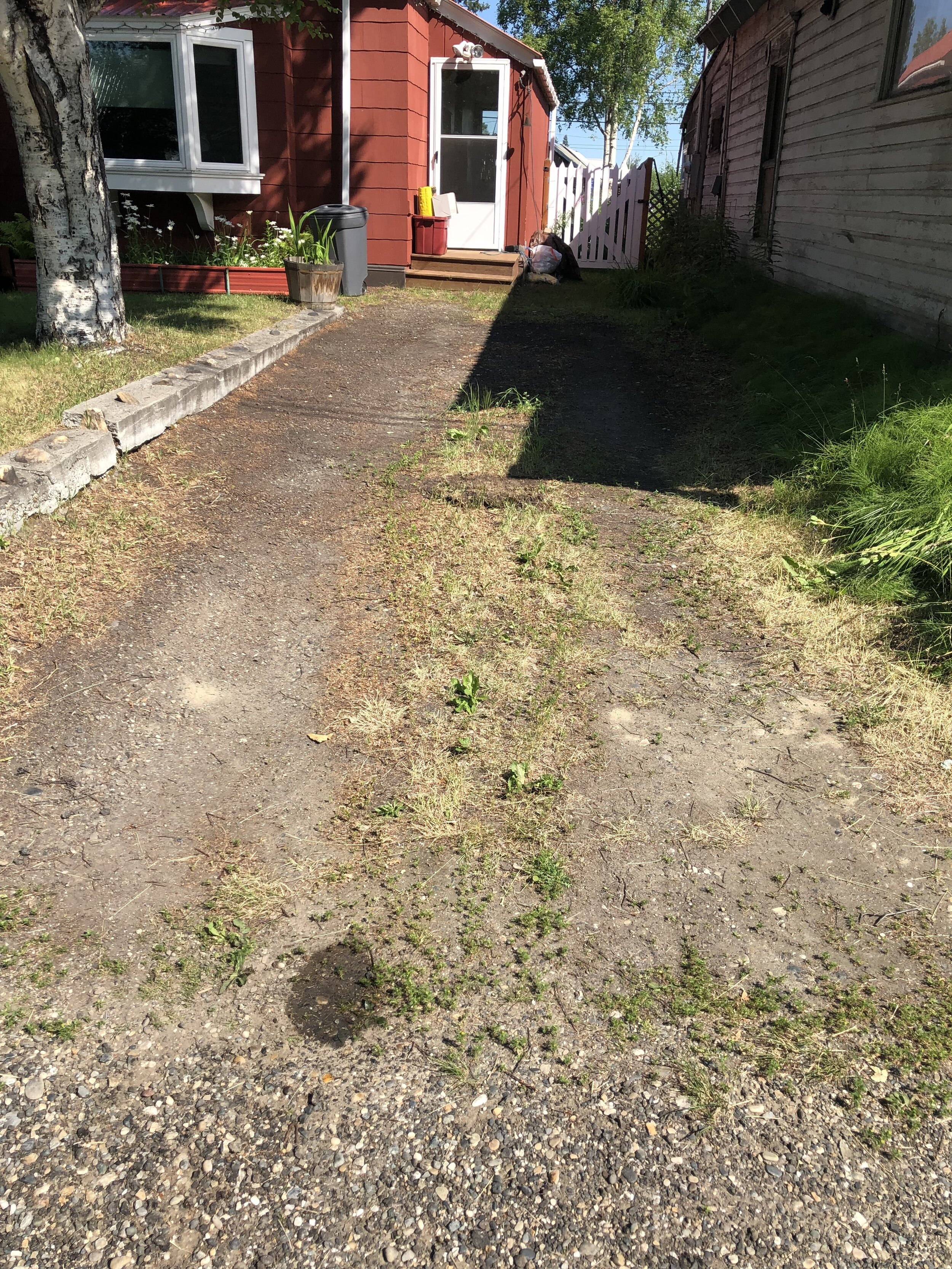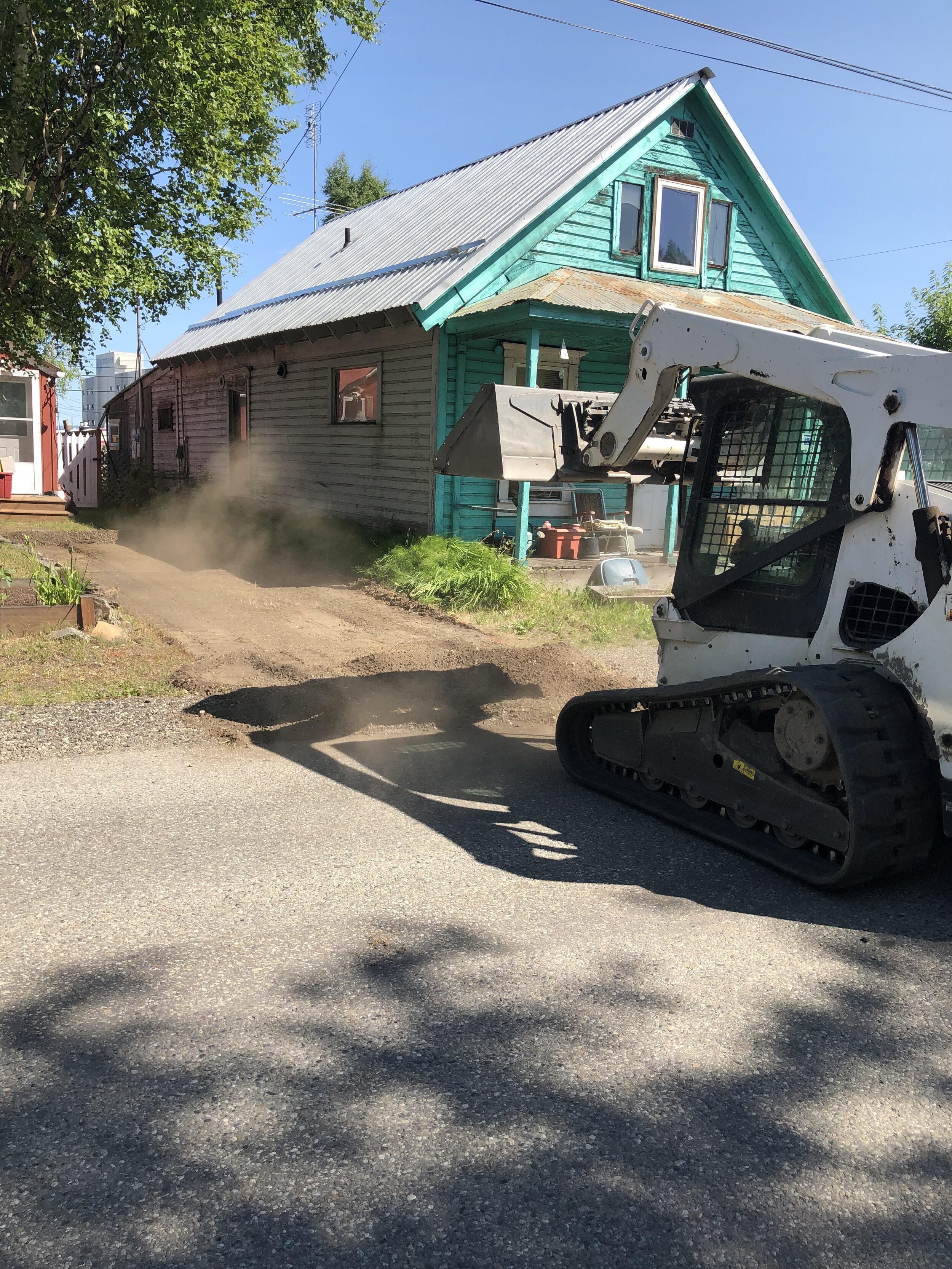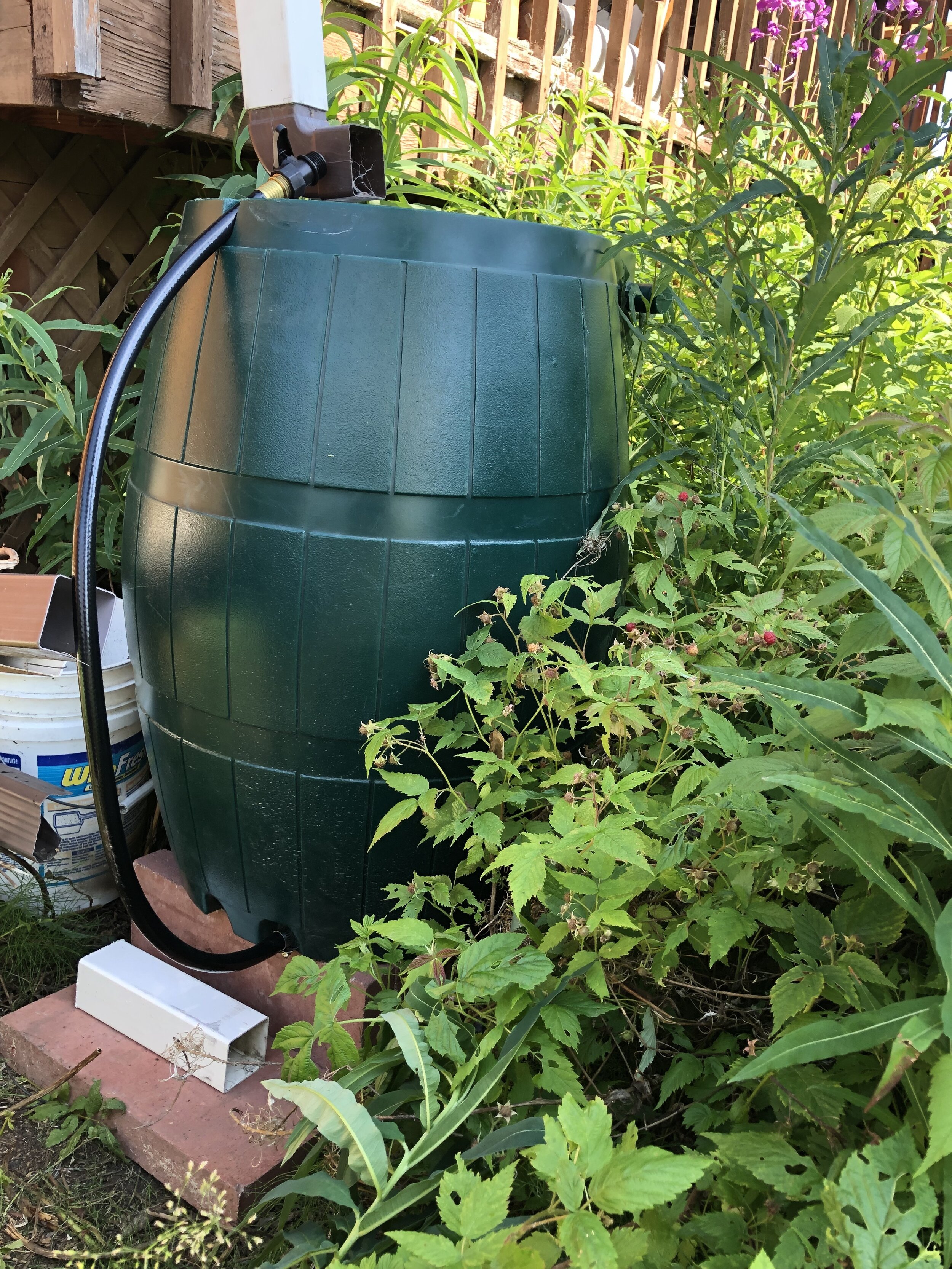What is Salmon Smart?
In Fairbanks, rain that falls on our parking lots and streets picks up trash and pollutants before it is carried through storm drains directly to the Chena River. The Chena River hosts the second largest return of Yukon River Chinook Salmon in both Alaska and Canada. These salmon need clean water to thrive. Salmon Smart is a campaign that encourages landowners to implement green infrastructure techniques to treat runoff before it reaches our river. This keeps the Chena river clean and safe for people, fish, and wildlife.
What is Green Infrastructure?
Green Infrastructure is an approach to managing wet weather that is cost-effective, sustainable, and environmentally friendly. It utilizes techniques and technologies that focus on infiltration, evapotranspiration, capture, and reuse of water from rain and melting snow to maintain or restore natural water storage and quality. For more details, see http://www.epa.gov/greeninfrastructure/.
On a residential scale, green infrastructure practices include practical and affordable solutions such as, rain gardens, green roofs, porous pavements, infiltration planters, trees and tree boxes, downspout disconnects, and rainwater harvesting for non-potable uses such as gardening, or lawn irrigation, even toilet flushing.
For instructions on free DYI Green Infrastructure Projects you can visit the Fairbanks Green Infrastructure Group’s website: http://www.fairbanksgig.com/.
Benefits of Salmon Smart Green Infrastructure Projects:
Erosion control
Minimize Storm Drain Pollutants
Protect & Enhance Stream Banks
Irrigate Efficiently
Promote Native Biodiversity
Who is Involved?
The Tanana Valley Watershed Association worked with the following partners and funders: Alaska Department of Environmental Quality, City of Fairbanks, Fairbanks Metropolitan Area Transportation System, Greer Tank & Welding and Irrigation Alaska.
How did the 2018-2019 Campaign Work?
We selected five local property owners to participate in the installation of green infrastructure projects on their properties. Selected applicants received up to $1000 in materials, equipment rental, and/or labor toward their project. In return, the applicants would contribute a 33% match (up to $500) with a 5 maximum project total of $1500.
The projects below are examples of green infrastructure put into practice during the
2018-2019 Salmon Smart Campaign.
S Salon
This downtown business has implemented multiple green infrastructure projects including: rain barrels, flow-through planters, and permeable pavers to help rain water soak into the ground on their property. S salon wanted to expand their green infrastructure to include a rock rain garden around there rain barrel and infiltration planters. The infiltration planters were not both connected to a gutter spout. We purchased another infiltration planter, and installed permeable pavers as a base for the planter to sit on. The infiltration planters area was constructed into a rain garden set up to help with rainwater runoff.
Juneau Avenue
The property owner already had rain gutters on the north and south side of their home and took advantage of the Salmon Smart program to install a rain catchment system to water their lawn. A 500 gallon Poly tank was installed to store water captured by rain gutters in place on the south facing side of the home. Big thanks to Greer Tank and Welding and Irrigation Alaska for their help and donations to this project.
4th Avenue
At this property the owner was parking their car in the yard, resulting in large ruts due to the soil having no structure to support the weight of the vehicles. The project began by leveling the parking area and filling in existing ruts. A plastic grass mesh surface was installed to add structure to the parking area. After installation the area was hand seeded with a mix of Alaska grass seed and then hydro seeded two weeks later to improve stabilization of the mesh.
5th Avenue
The property owner had a dirt driveway that was rutted and uneven along their yard. The parking area was leveled to fill in ruts and reestablish sloping for drainage. A landscaping mesh was installed to add structure to the parking area. After installation the area was hand seeded with a mix of Alaska grass seed and then hydro seeded two weeks later.
Wood River Drive
The property owner had been using trash cans on two of the homes installed gutter spouts and wanted to add a rain barrel to a gutter spout coming of f their back porch. A 75 gallon rain barrel with debris screen was installed on the west side of the home. A stand using blocks was built to raise the barrel approximately 2 feet of f the ground. This allowed the homeowner the ability to connect a 4 inch house to the on/off value at the bottom of the barrel and water the surrounding grass using gravity . There is an overflow tube at the bottom of the barrel where a hose is attached. The homeowner can install another rain barrel to this tube to capture additional water. At the time of installation the homeowner chose to attach a garden hose to the overflow tube to reach her flower beds.
